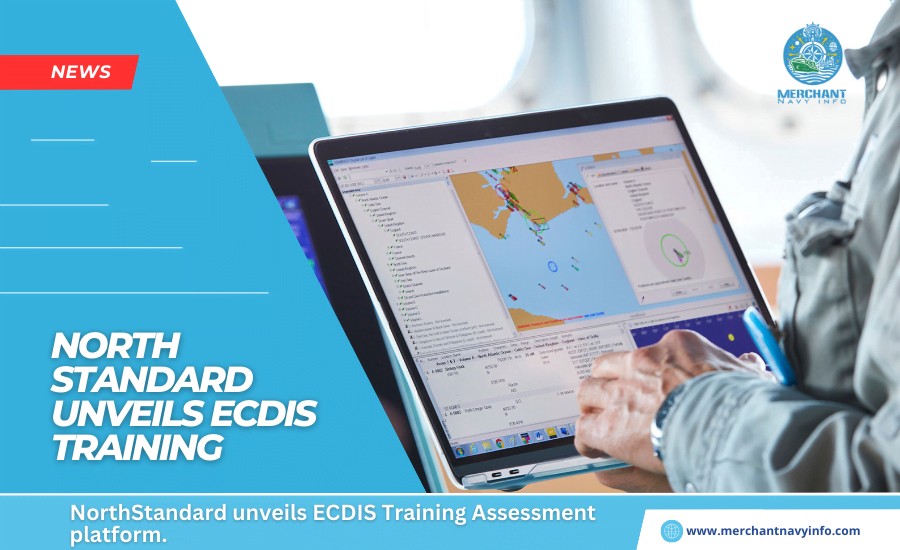
NorthStandard launches ECDIS training assessment platform and also introduces new. A digital product portfolio that uses pioneering technology to improve security and also reduce operational costs. NorthStandard’s ECDIS Training Assessment (ETA) platform is the first example of a new product portfolio. That helps optimize bridge team management and maintain best practices in vessel operations. The ETA platform is an important part of NorthStandards Get SET! The portfolio includes a suite of innovative safety and efficiency technologies (SETs) designed to leverage. The transformative power of ship-based technology to improve crew situational awareness and operational expertise. It has been introduced.
In response to industry concerns regarding the use of Electronic Chart Display and also Information Systems (ECDIS). NorthStandard’s loss prevention team worked with the British Hydrographic Office to develop ETA. An online continuing professional development tool for deck officers. Multiple-choice assessments allow crew members to identify weaknesses and gaps in their ECDIS skills. Allowing them to self-assess and learn further on personal or company devices.
Anonymized at the crew user level, this digital tool also generates consolidated reports for the entire fleet. This will help shipowners assess deck officers’ ECDIS proficiency and identify training development and focus areas. Company-level data is not available in NorthStandard unless members choose to share it. Owners may pass ratings to the Deck Officer as many times as necessary. There is no cost to NorthStandard members. “With repeated use over time, ETA improves mariner awareness and skills, stays abreast of new developments, and ensures ECDIS best practices are always at the forefront.”
The technology portfolio will remain secret until later this year; Gillespie said the common themes are situational awareness, increased efficiency, minimized fatigue, and reduced human error. He said one specific area for improving ship-to-shore coordination focuses on AI-based navigational hazard detection. At the same time, another goal is to eliminate hazards and eliminate bottlenecks onboard operations. “Using technology that enables Members and crews to operate ships more safely and efficiently minimizes risk at sea and in ports, increases operational and financial resilience, and increases trade confidence.” new technologies are no longer an option. This is essential to ensure a safer and more resilient future for the shipping industry.










